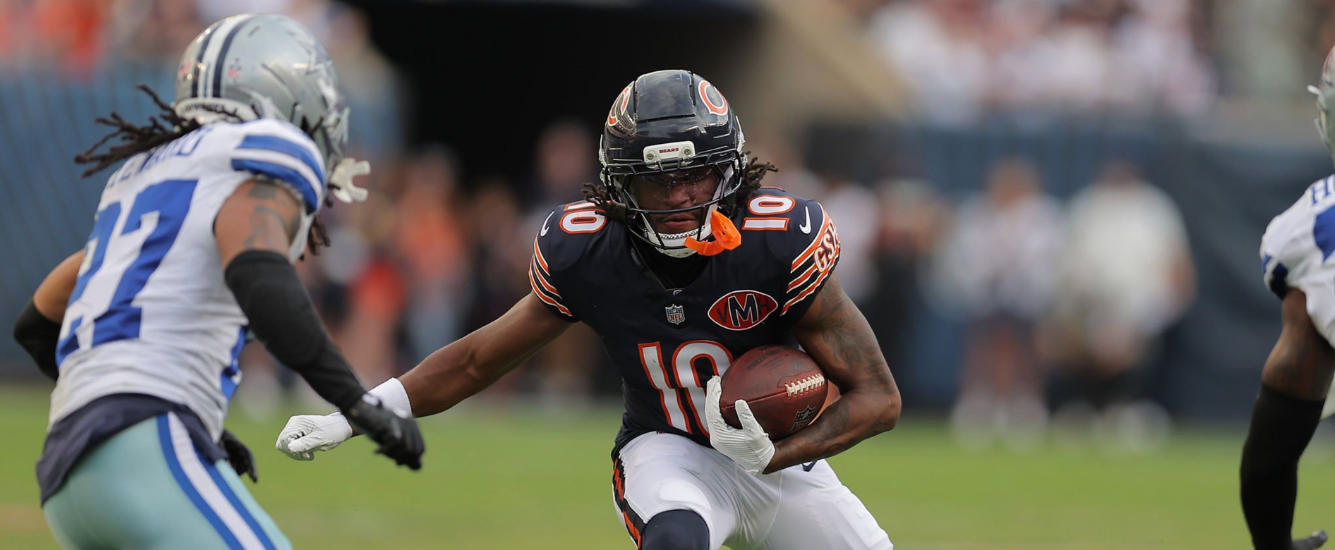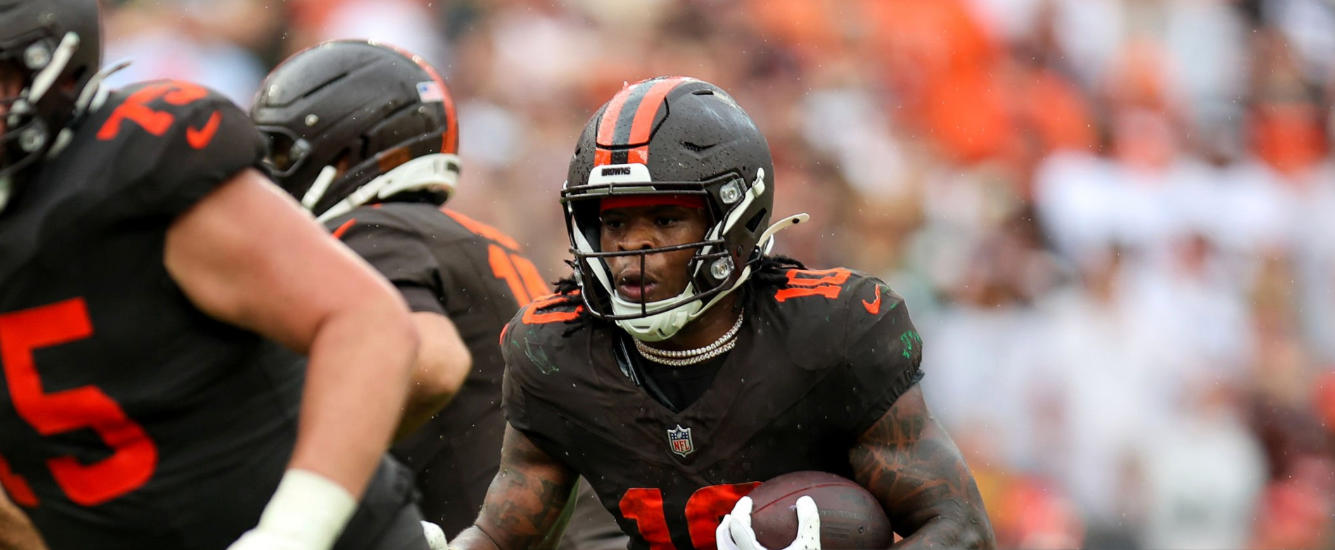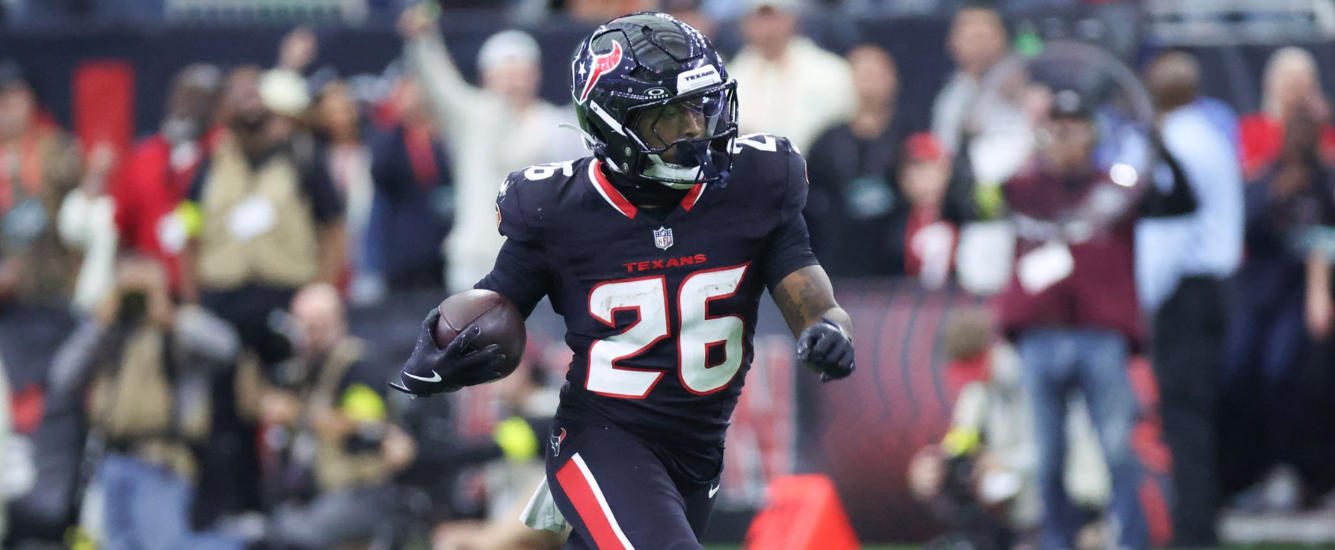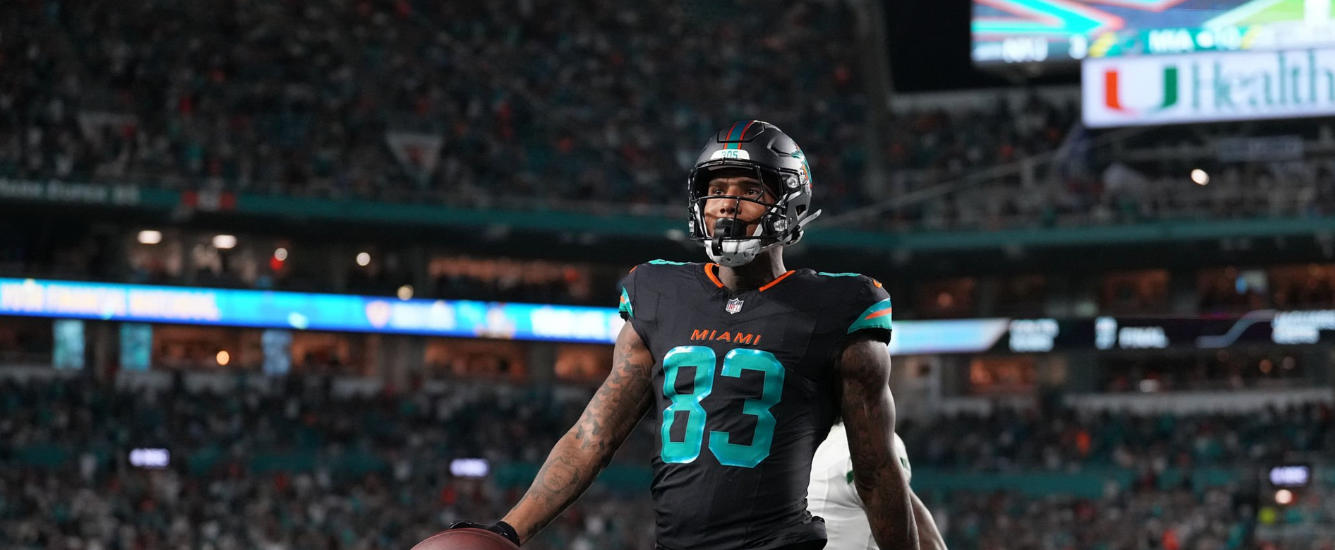Yesterday, I wrote an article that used best ball win rate data to examine the impact of efficiency for wide receivers. It built off of what Blair Andrews did in The Wrong Read No. 59, which showed that WRs who post positive Fantasy Points Over Expectation (FPOE) tend to see more volume and continue to be efficient in the following season. That’s certainly good to know, but it’s also important to include ADP in the conversation; in other words, it doesn’t matter if a player scores more fantasy points than the previous season if their ADP implies a larger increase than what actually happens. Best ball win rates, while imperfect, do take cost into account. My article yesterday ended up having a lot of the same takeaways as what Blair found in The Wrong Read. (Spoiler alert: This one does not.)
Today, we’re going to do the same thing with running backs instead of wideouts. The Wrong Read No. 52 found that efficient rookie RBs tend to score more points in the following season, but do they score enough to pay off their ADP? For example, Miles Sanders finished as the RB15 in his rookie campaign, but he’s being drafted in the second round of early best ball drafts. He could be better than last year and still be a disappointment for fantasy purposes.
This idea can be applied beyond rookies too. Derrick Henry, Austin Ekeler, and Aaron Jones had three of the most efficient RB seasons of the last two decades in 2019. All three of them are going within the first two rounds of early best ball drafts. We can use best ball win rate data to figure out if players like them typically succeed in the following season.
For this exercise, only players who were drafted in at least 50.0% of best ball drafts were included. We’re also ignoring players who don’t have efficiency data from the previous season. That means that whenever we’re talking about rookie RBs, we are using their rookie FPOE and their Year 2 win rate – not their rookie-year win rate.





















